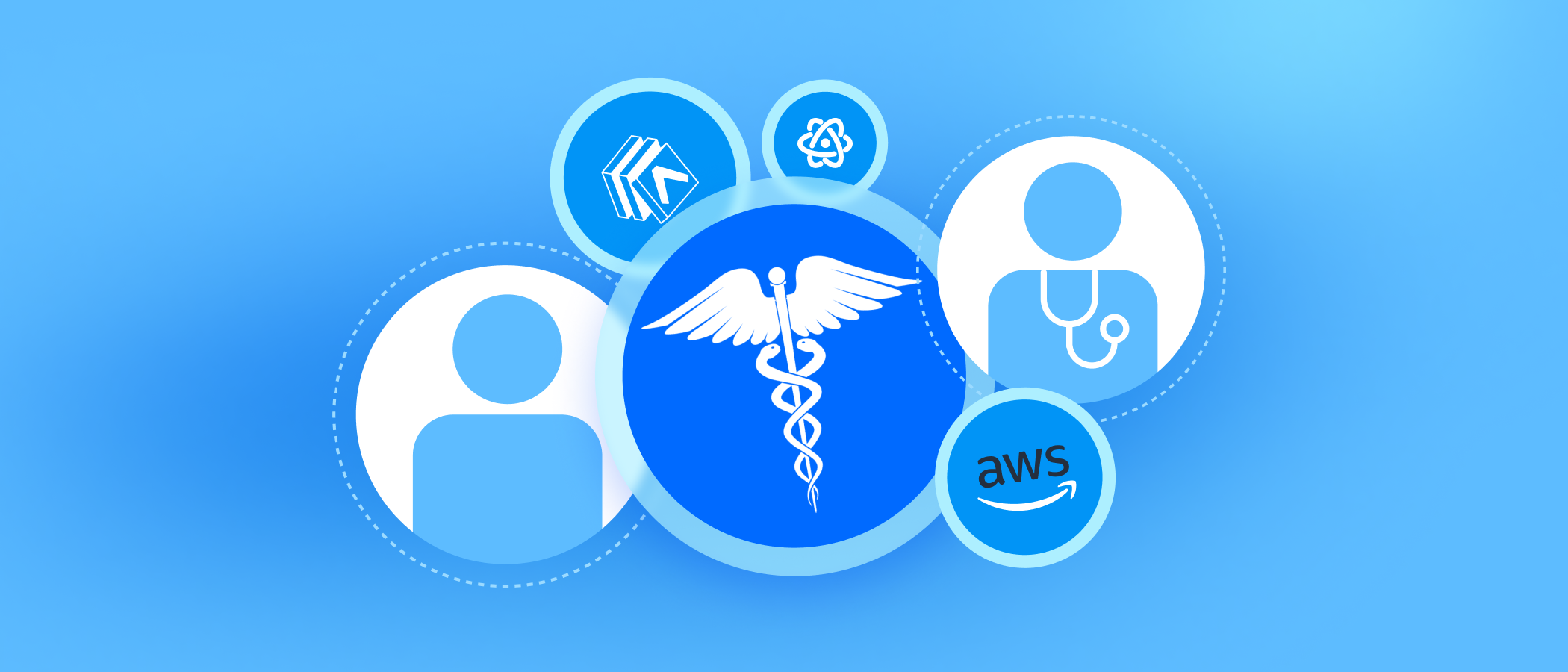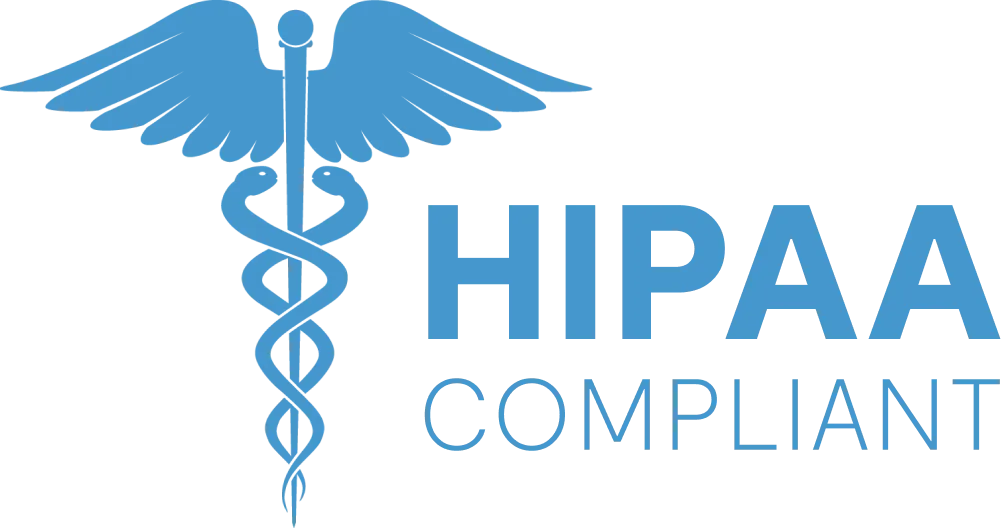Building patient-facing apps aligned with the CMS Interoperability Framework
In July 2025, CMS launched the Health Tech Ecosystem and the voluntary Interoperability Framework, a practical playbook to align networks, EHRs, payers, providers, and apps around consistent, real-world data exchange. As part of that launch, more than 60 organizations pledged to deliver early results by Q1 2026, including 21 networks working to meet the criteria to be listed as CMS-Aligned Networks; several EHRs also pledged to help “kill the clipboard.”
This article focuses on what the Framework means for patient-facing apps: how to design login, consent, ingestion, and visit-summary flows that actually work across CMS-Aligned Networks and major EHRs.
For context, in January 2024 CMS finalized the Interoperability & Prior Authorization rule (CMS-0057-F), which expanded requirements for prior-authorization transparency, payer-to-payer exchange, and standardized FHIR APIs. It’s useful backdrop, but it’s separate from the 2025 Framework and not the source of the pledges above.
At its core is a guide to standards. Patients should be able to authenticate with secure digital identity (e.g., IAL2/AAL2), data should flow with consent, and health records should move in structured FHIR formats.
For health innovators, this isn’t just infrastructure news. The Interoperability Framework positions companies as early movers in digital health maturity. Products that align with the Framework demonstrate readiness on three fronts:
- Interoperability: proving that CMS-aligned data flows already work for patients, providers, and payers. Only 30% of U.S. health providers have achieved full EHR interoperability, underscoring the strategic importance of adopting FHIR-based structured flows.
- Operational efficiency: reducing the burden of patient intake and data sharing through digital check-in, as reflected in the CMS commitment known as Kill the Clipboard. Up to 25% of U.S. healthcare spending, more than USD 1 trillion annually, is tied to administrative waste.
- Market confidence: giving investors and partners visible proof that the product is aligned with the latest CMS standards, while also ready to support advanced features such as AI-assisted post-visit summaries. This is reinforced by the strength of the U.S. digital health market, revenue at USD 93.4 billion in 2024 and projected to reach USD 273.3 billion by 2030.
Here’s how those standards translate into everyday patient experiences.
From standards to real experience
Patient-facing apps bring the CMS Interoperability Framework to life. Backed by public pledges from EHR vendors, payers, and networks, the Framework is already translating commitments into tangible outcomes across the health ecosystem:
- Patients want to log in once with a secure ID, review consent digitally, and avoid filling the same demographics, insurance, or health history at every encounter. Surveys show that 83% of U.S. patients report having to provide duplicate information at appointments, and 42% spend six minutes or more recounting their history each time. This reinforces the vision behind the CMS commitment known as Kill the Clipboard: replacing paper intake with digital FHIR-based flows. Patients can share structured visit data via SMART Health Links or QR code-based digital cards, ensuring that records return as structured data, not unstructured documents.
- Providers also need more than unstructured files. They require complete, normalized health records that integrate directly into EHR workflows. Receiving information as FHIR resources reduces errors, improves decision-making, and accelerates reimbursement.
- Care teams need data that moves seamlessly across all points of care. Whether a patient is moving between facilities, into specialty care, or managing chronic conditions, information has to follow them. The Framework is designed to reduce this fragmentation, and CMS also highlights apps for diabetes and obesity that use structured data to support continuous care.
- Investors and partners evaluate interoperability readiness as a signal of maturity. These public pledges reduce integration risk and demonstrate alignment with market priorities.
The work starts with intake, but it does not end there. The Framework also points to real-time post-visit summaries as a critical next step. Clinical data can be pulled via FHIR and delivered back to patients. When combined with AI, these summaries become clearer and more actionable, reinforcing the vision of connected care.
The Framework also includes apps that use conversational AI as an interoperability use case. With consent, these assistants can securely read a patient’s record and explain health data in plain language. Their role is not to replace clinicians, but to improve care by helping patients understand their condition and treatments between visits.
We have translated all these commitments into runnable code, and the next section shows how it works in practice and how you can adopt these technologies in your business.
Open source tools for CMS-aligned patient apps
We built an open-source mobile app that demonstrates the patient journey end-to-end. This app makes CMS principles tangible in a real patient experience. Built with the SMARTerFHIR toolkit, it includes:
- Seamless login: patients sign in with Epic’s MyChart or any SMART on FHIR-enabled EHR.
- Consent with control: before sharing data, patients authorize access in a transparent, auditable flow.
- Unified records: conditions, diagnostics, medications, vitals, and appointments are retrieved from FHIR APIs and displayed in one place.
- AI-powered assistant: built with OpenAI, the assistant helps patients interpret their health information in plain language.
Watch the video below and explore the open-source repo to see CMS-aligned flows in action and start building from there.
Alongside it we maintain Kill the Clipboard, a TypeScript library that lets patients share FHIR-based health records through QR codes or SMART Health Links and Cards, making paperless intake a practical feature in any patient app. You can read more about it in our dedicated article.
Driving digital health now
Vinta provides trusted, standards-based components aligned with CMS principles. Open-source projects like Topology Mobile and Kill the Clipboard, combined with custom FHIR APIs and proven expertise in healthcare systems, give healthtech teams a faster path to delivery. Acting now means turning CMS principles into practice, ensuring you don’t lose competitive ground.












%201.webp)
